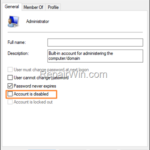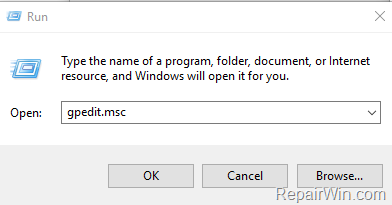This guide shows all the available methods to enable the hidden administrator account on Windows 10/11.
By default, in all versions of Windows, Microsoft has disabled the administrator account for security reasons. However, there are cases where the administrator account must be activated, e.g. to solve other problems or to perform other tasks that require administrator rights. If you are in such a situation and need to enable the hidden administrator account on your Windows 10/11 system, follow the instructions below. *
* Note: Keep in mind that by enabling the administrator account, you gain very powerful rights on your Windows system, so you should be careful with what you do when using it. It is also recommended to deactivate (disable) the administrator if you no longer need it.
How to Enable Hidden Admin account in Windows 11/10/8 or 7 OS.
- Enable or Disable Administrator in Command Prompt.
- Activate or Deactivate Administrator in Users and Groups.
- Enable Administrator Account in Group Policy.
- Activate Hidden Administrator account from WinRE.
Method 1. How to Enable Administrator through Command Prompt.
1. Log on to Windows using an account with administrator rights.
2. Open Command Prompt as Administrator and give the following command to activate the administrator account:
- net user administrator /active:yes


3. If you want to disable (deactivate) the administrator account, give this command:
- net user administrator /active:no


Method 2. Enable Administrator from Users and Groups settings. *
* Note: This method applies only to Windows 10/11 Pro versions:
1. Log on to Windows using an account with administrator rights.
2. Open Explorer, right-click on This PC icon and choose Manage.
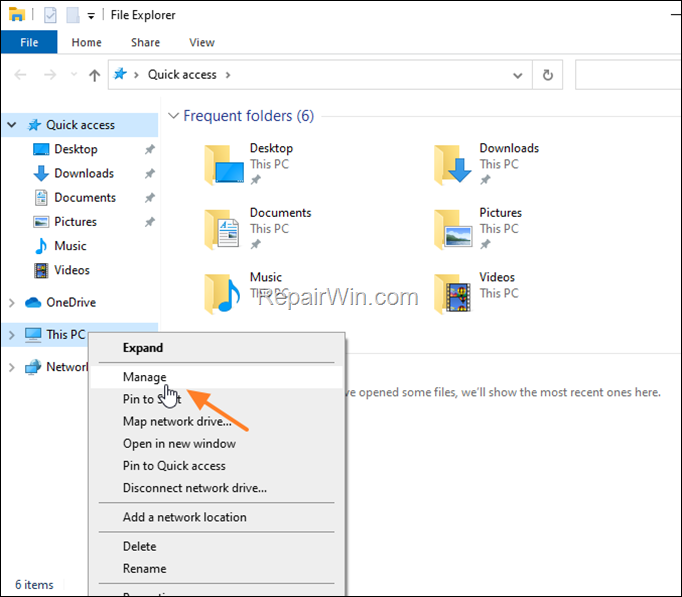

3. At the left, go to Local Users and Groups and select Users.
4. At the right side, right-click on the Administrator account and click Properties.
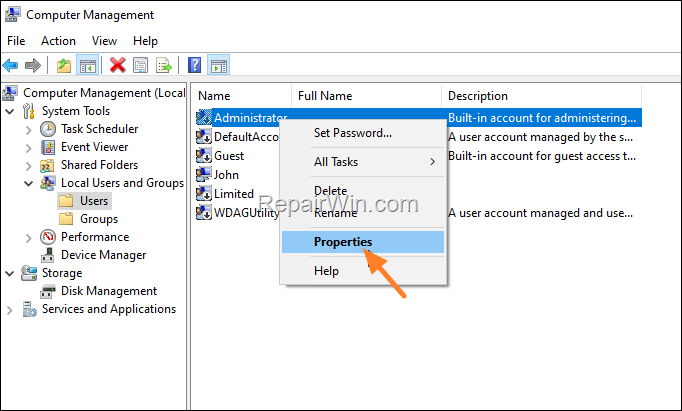

5. Uncheck the Account is disabled checkbox and click OK. *
* Note: To disable the account, check again this checkbox.


Method 3. Enable Administrator Account in Group Policy.
To activate the Administrator account in Group Policy:
* Note: This method applies only to Windows 10/11 Pro versions:
1. Log on to Windows using an account with administrator rights.
2. Open the Group Policy Editor. To do that:
1. Press simultaneously the Windows
+ R keys to open the run command box.
2. Type gpedit.msc & press Enter to open the Group Policy Editor.
2. At the left pane navigate to:
- Computer Configuration > Windows Settings > Security Settings > Local Policies > Security Options.
3a. At the right-pane double click at Accounts: Administrator account status
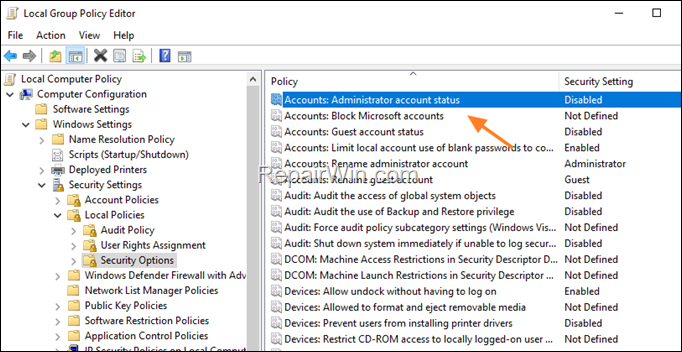

3b. Check the Status to Enabled and click OK.
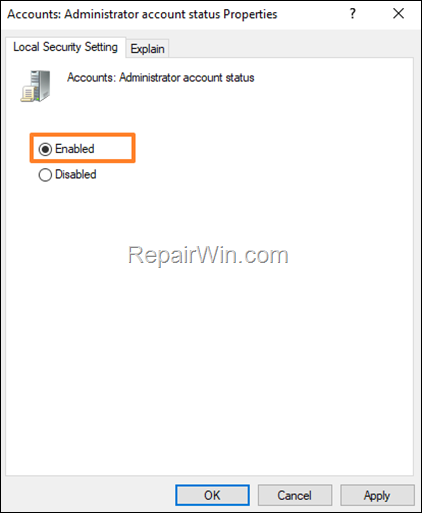

Method 4. Activate Administrator from WinRE.
If for any reason you cannot boot to Windows, you can enable the Administrator account from the Windows Recovery Environment (WinRE), by using the steps below:
Step 1. Enter in Windows Recovery Environment (WinRE).
Proceed and enter in the WinRE, by using one of the following methods (and then continue to step-2):
- Method 1. At the login screen, press and hold down the SHIFT key and click Power > Restart.


- Method 2. Boot from a USB Windows Installation Media* (according your OS) and at the Windows Setup screen click Next and then click Repair your computer.
* Note: If you don’t own a USB Installation Media of Windows 10 (or Windows 11), you can create one by using Microsoft’s Media Creation tool.
- Create Windows 11 Installation Media
- Create Windows 10 Installation Media
- Related article: How to create a Windows 10/11 USB installation media.
Step 2. Enable the Administrator account from WinRE.
(After entering in WinRE…)
1. Go to Troubleshoot > Advanced Options > Command Prompt.
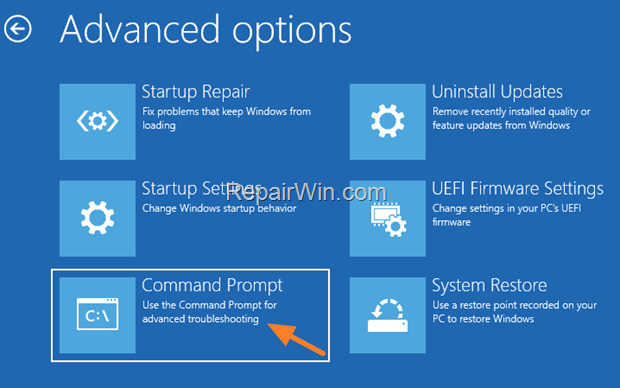

2. In command prompt type regedit and press Enter.


3. In Registry Editor, click to highlight the HKEY_LOCAL_MACHINE key.
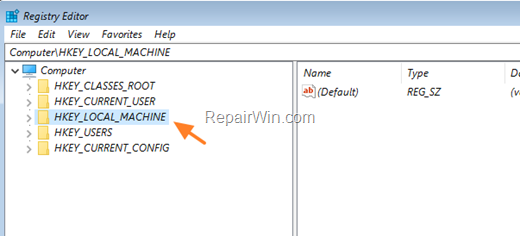

4. From the File menu, select Load Hive.
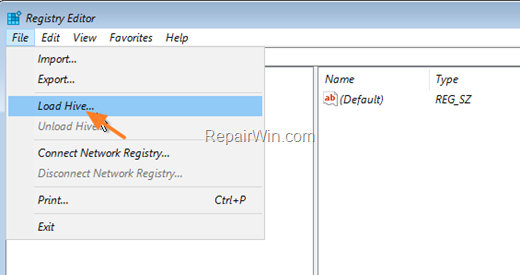

5. At “Load Hive” screen:
a. Locate the Windows drive (where Windows are installed on), and navigate to this folder: WindowsSystem32config
b. Explore the contents of the config folder, select the SAM file and click Open.
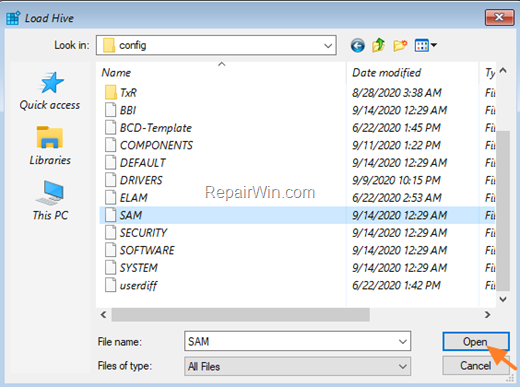

6. Then type a name for the new Key: (e.g. “Repair“) and press OK.
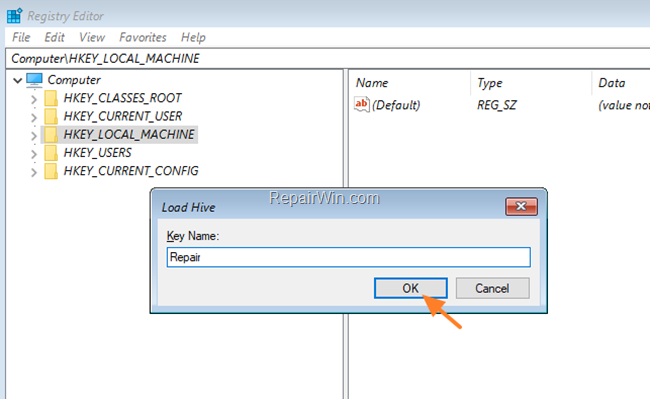

7. Now navigate to the following key (from the left side):
- HKEY_LOCAL_MACHINERepairSAMDomainsAccountUsers00001F4
8. Double click at F value on the right.
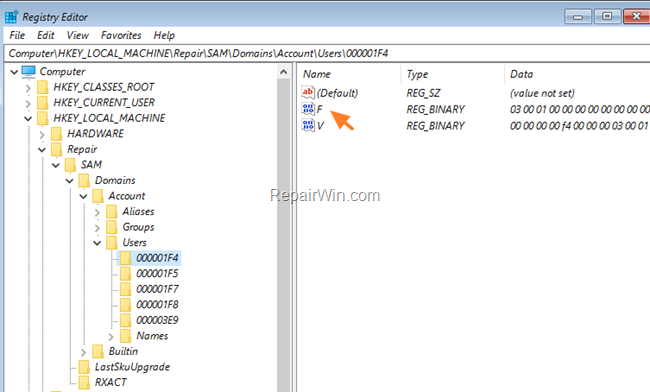

9. By pressing the Down arrow key navigate to the line 0038.
10. Press the Delete key once to delete the number 11
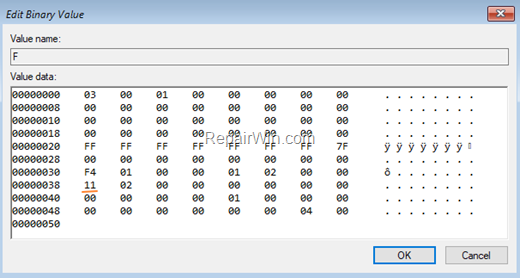

11. Then type 10 and click OK.
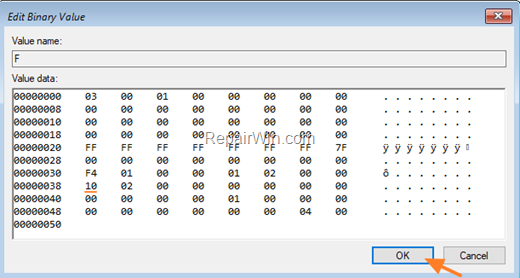

12. Now on the left side click to highlight again the New Key you created before under the HKEY_LOCAL_MACHINE (e.g. the “Repair” key in this example)…
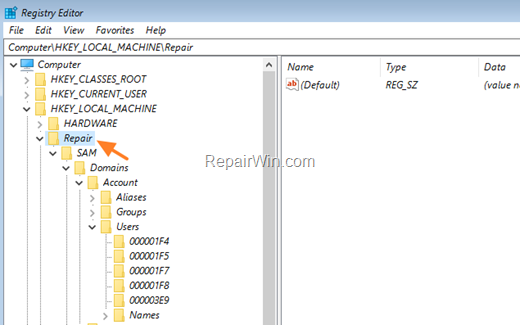

13a. …and from the File menu click Unload Hive and…


13b. …click Yes to confirm.
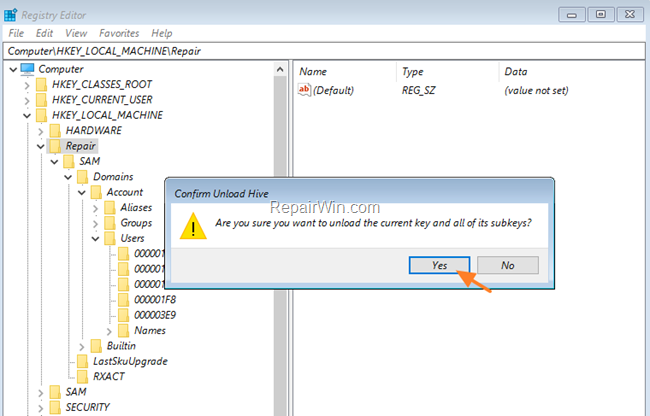

14. Close the Registry Editor & the Command Prompt windows.
15. Restart your PC or click Continue to Windows 10 and let your system to boot to Windows.
That’s all folks! Did it work for you?
Please leave a comment in the comment section below or even better: like and share this blog post in the social networks to help spread the word about this solution.


